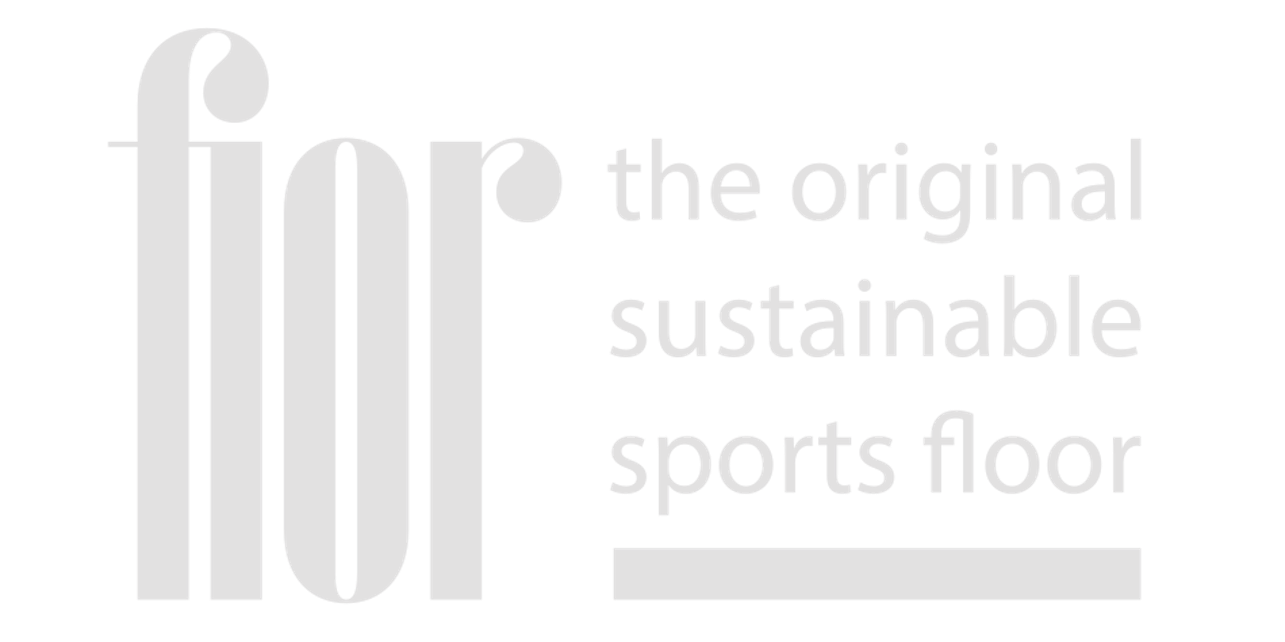Regulatory and building requirements for gym flooring / Regulatorische Gebäudeanforderungen für Fitnessböden



In setting up a new gym two main things have to be considered:
- Ensuring the safety of the human
- Maintain all regulatory building requirements
In today’s update we are going to touch the topics of:
- Fire protection
- Shock absorption and fall protection
- Noise reduction
Fire protection:
To make sure to comply with regulatory requirements most important is to know that gym surfaces are distinguished in full wall-to-wall coverings and fitted gym floorings only covering a fraction of the floor area.
Wall-to-wall coverings: Flame retardancy on B1 Level (EN 13501-1) is required, meaning the floor needs to be flame retardant in comparison to normal flammability representing B2 level. Typical product descriptions that you should look for are Bfl-S1 or Cfl-S1, which both are part of the B1 level according to the norm. Afl-Ffl relates to the flammability from low to high and “S” relates to the smoke development. fior is the only company on the market that is offering gym turf with flame retardancy for single colored basic turf as well as for the Myspeedtrack collection.
Fitted gym flooring: Floorings that do not cover the whole room area do not require specific flame retardancy levels, so more freedom can be applied. Sill, most products should feature a flame behavior with at least the flame retardancy level B2.
Wird ein neues Studio geplant sollten zwei kritische Punkte bedacht werden:
- die Sicherheit aller Personen
- die Einhaltung regulatorischer Gebäudeanforderungen
Im heutigen Update werden wir folgende Themen behandeln:
- Brandschutz
- Fallschutz
- Lärmschutz
Brandschutz:
Bodenbeläge können grob in Wand-zu-Wand Lösungen gegenüber abgepassten Teppichen unterschieden werden, die nur einen Teil der Bodenoberfläche bedecken.
Wand-zu-Wand Lösungen: für diese Bodenbeläge wird ein Brandschutz mit dem Level B1 (EN 13501-1) gefordert, d.h. der Bodenbelag muss Flammenhemmend wirken, im Gegensatz zu einer normalen Entflammbarkeit (Level B2). Typische Produktbeschreibungen, die Level B1 Bodenbeläge anbieten, sind Bfl-S1 oder Cfl-S1. Afl-Ffl bezeichnet die Entflammbarkeit von gering bis hoch und “S” bezieht sich auf die Rauchentwicklung.
Abgepasste Teppiche: Speedtracks aus Kunstrasen sind selten Wand-zu-Wand Lösungen und benötigen daher auch keinen besonderen Flammschutz. Trotzdem ist es wichtig, dass die Bodenbeläge für ein Fitnessstudio zumindest das Flammschutzlevel B2 “normal entflammbar” enthalten.
fior ist die einzige Firma die Fitness-Kunstrasen mit einem Flammschutz (Level B1 Zertifikat) anbietet für Einzel- als auch Mehrfarbige Kunstrasen im Rahmen der MYspeedtrack Kollektion.
Shock absorption and fall protection:
Making sure the athlete can train safely but also the equipment is maintained for the longest possible time is of highest priority. There are several different norms for stable static equipment, outdoor fitness devices, and general surface characteristics. In the norm EN 14904 shock absorption is being addressed by a %-force reduction of a given surface vs. concrete. The higher the value the more surfaces are able to cope with high weights, a minimum value of 53% is stated in the norm. These %-force reductions are also given in many product data sheets. Typically higher %-force reductions are achieved through thicker gym floorings, so it is imporntant for you to consider which training will be performed in certain parts of the studio. A correct shock absorption reduces fatigue and lowers the risk of injuries to knee joints and ankles.
Certain gym flooring products are classified as stationary gym equipment such as weight lifting stations according to EN 20957. Typically they need to able to handle weights up to 500 kg, so a remark in product descriptions with regard to the norm is definitely beneficial.
Another important norm is the fall protection norm EN 1177 in which a HIC value (Head Injury Criterion) is defined that measures the severity of head injuries. A HIC value of 1000 is defined as the upper limit in which intense head injuries are avoided. The lower the HIC, the better and a HIC < 1000 are desired values to look for in data sheets of gym flooring products.
fior is offering gym turf including fall protection according to the EN 1177 norm as an optional integration.
Fallschutz:
Für Studios relevant ist sowohl die Federung (für das Auffangen von Hanteln auf dem Boden) als auch der Fallschutz. Federung wird in der Norm EN 1490 geregelt und berechnet einen Prozentwert, der aussagt wie gut ein bestimmtes Gewicht abgebremst werden kann. Je höher der Prozentwert, desto besser die Abfederung. Ein Mindestwert von 53% sollte laut Norm erreicht werden. Damit wird nicht nur das Gebäude geschützt, sondern auch die Gelenke geschont.
Anforderungen an der Fallschutz werden in der Norm EN 1177 beschrieben. Wichtig hierbei ist der HIC-Wert (Head Injury Criterion). Der HIC-Wert sollte maximal bei 1000 liegen um Kopfverletzungen zu vermeiden, alles darunter ist ein guter Wert.
fior bietet Fallschutzlösungen im Rahmen von Fitness Kunstrasenbelägen an.
Noise reduction:
A recent trend in gym flooring are noise cancelling and noise reduction capabilities. Especially in multi-purpose buildings with a mixed residential and commercial use there is a high need to reduce noise due to impact and vibrations. The EN 717-2 norm defines the noise exposure through flooring systems in decibel (dB). Noise levels less than 40 dB are considered to be good noise cancelling surfaces, while noise levels less than 30 dB are very good. A health risk is defined at noise levels above 80 dB.
fior is ready to support you in obtaining the best gym turf for your studio.
Lärmschutz:
Ein Trend in Fitness-Bodenbelägen sind Lärm-reduzierende Eigenschaften der Bodenbeläge. Vor allem in Gebäuden, die sowohl privat als auch geschäftlich Misch-genutzt werden, sind solche Lösungen von großem Vorteil. Die Norm EN 717-2 regelt die Lärmbelastung durch den Boden in Dezibel (dB). Eine Lärmbelastung unter 40 dB wird als geeignet eingestuft, unter 30 dB kann von einer sehr guten Lärmreduzierung gesprochen werden. Ein Gesundheitsrisiko besteht ab einem Geräuschlevel von über 80 dB.


